
Topic: Environment-Reactive Computation (with Ladybug) – Studio Jacob Lehrer
Date: March 2 & 3, 2024
Time: 16:00 – 20:00 GMT
Format: Online on Zoom
Duration: 2 Sessions (9 Hours)
Course Fee: Free for Digital Members
Difficulty: Beginner – Intermediate
Language: English
Certificate: Yes
Organized By: PAACADEMY’s Original Content
Tutor: Jacob Lehrer
Videos: Recordings will be available for all members afterward.
Introduction to the workshop:
We now have the ability to design systems with unlimited specificity using modern manufacturing techniques. Tools like Grasshopper, Lunchbox, and Ladybug allow us to create parameterized spaces that adapt to the surrounding environment without requiring expensive, power-hungry movement systems or manually tuned pieces that degrade over time. We can develop infinitely customizable approaches that creatively react to the surrounding environment using site forces around a piece of architecture. This technique can create building shapes, facade systems, program layouts, and more. By utilizing computational techniques as a tool for sustainable development, we can better understand the various effects that different building systems will have and how even minor changes can have significant effects.
The scope of the workshop:
This workshop called “Environment-Reactive Computation (with Ladybug)” aims to develop quick sketch designs that use methods that can be infinitely scalable via list structure, then apply our approach to a sizable theoretical building with surrounding context to create a system that can adapt to environmental and other contextual factors like program and panel height. We will review a few panel design options and how to implement modular and responsive factors to these panels. Using specific list structure techniques and grasshopper plugins like Ladybug, attendees not only learn how to create reactive systems for a single variable but also for a multivariate design system that can be tweaked to develop unique environmental responses.
Objectives:
- Teach the basics of Ladybug and dive better into list structure. With the basics of list structure, the goal is that participants can take these techniques and apply them to real-world projects.
- Create a distinctive and customized design that stands out
- Students will learn more about the mathematics behind some of these concepts, like the sigmoid function, and understand the power of Grasshopper.
- The future of architecture is sustainable design; techniques to simulate the environment computationally will only become more democratized.
- This workshop will teach attendees how to use and integrate these tools creatively with other parametric design tools.
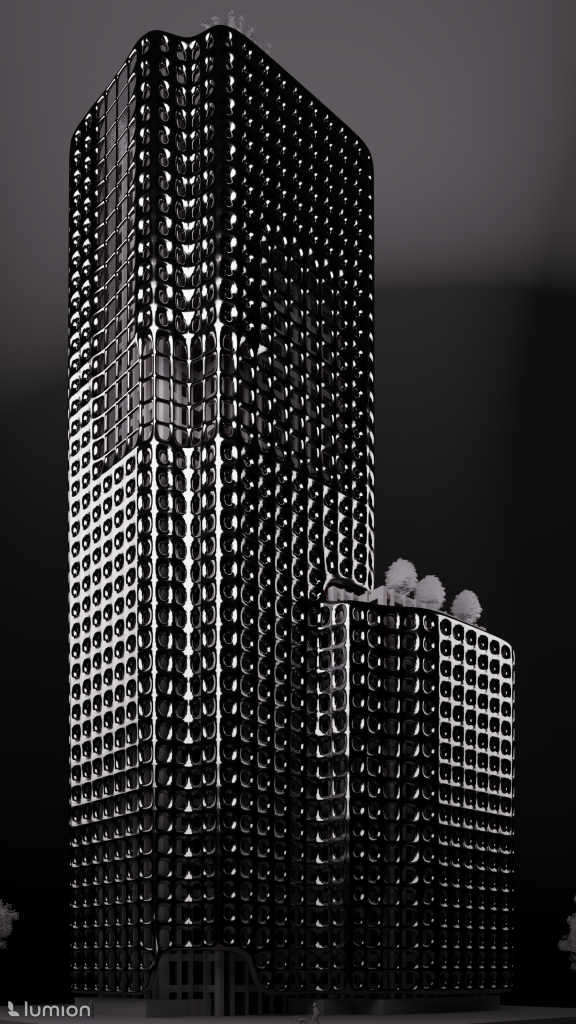
Software:
Rhino 7
Grasshopper
Plugins
Ladybug
Lunchbox
TreeSloth
Weaverbird
Parakeet
Remap+
Suggested/Extras
Mesh+ Plugin – Useful for manipulating meshes.
Lumion – Student and Faculty version is free, with a 14-day free trial.
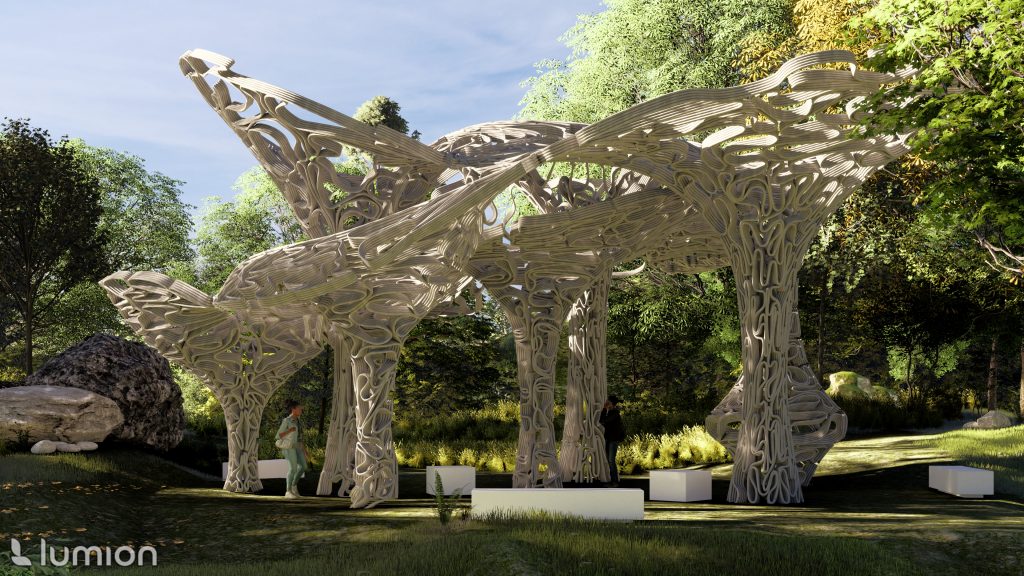
Program of the workshop:
Day 1
- Introduction + Questions – 30
- Lecture – 60
- Software Downloads – 30
- Grasshopper Script design 1 (60 mins)
- Grasshopper Script design 2 (90 mins)
- Q&A (30 mins)
Day 2
- Introduction + Theory – 60
- Grasshopper Script 3 – 120
- Finalizing Model + Rendering – 30
- Q&A (30 mins)
Important notes:
- The “Environment-Reactive Computation (with Ladybug)” Studio workshop by PAACADEMY will start on Saturday, March 2nd & 3rd, 2024, at 16:00 (GMT).
- Total sessions: 2 Sessions
- The teaching duration per session will be 4-5 hours.
- Students will have time for a break between teaching hours.
- Each session and the entire studio will be recorded, and videos will be available for participants just a day after the class for unlimited time.
- PAACADEMY will provide a certificate of attendance.
Tutor:
Jacob Lehrer
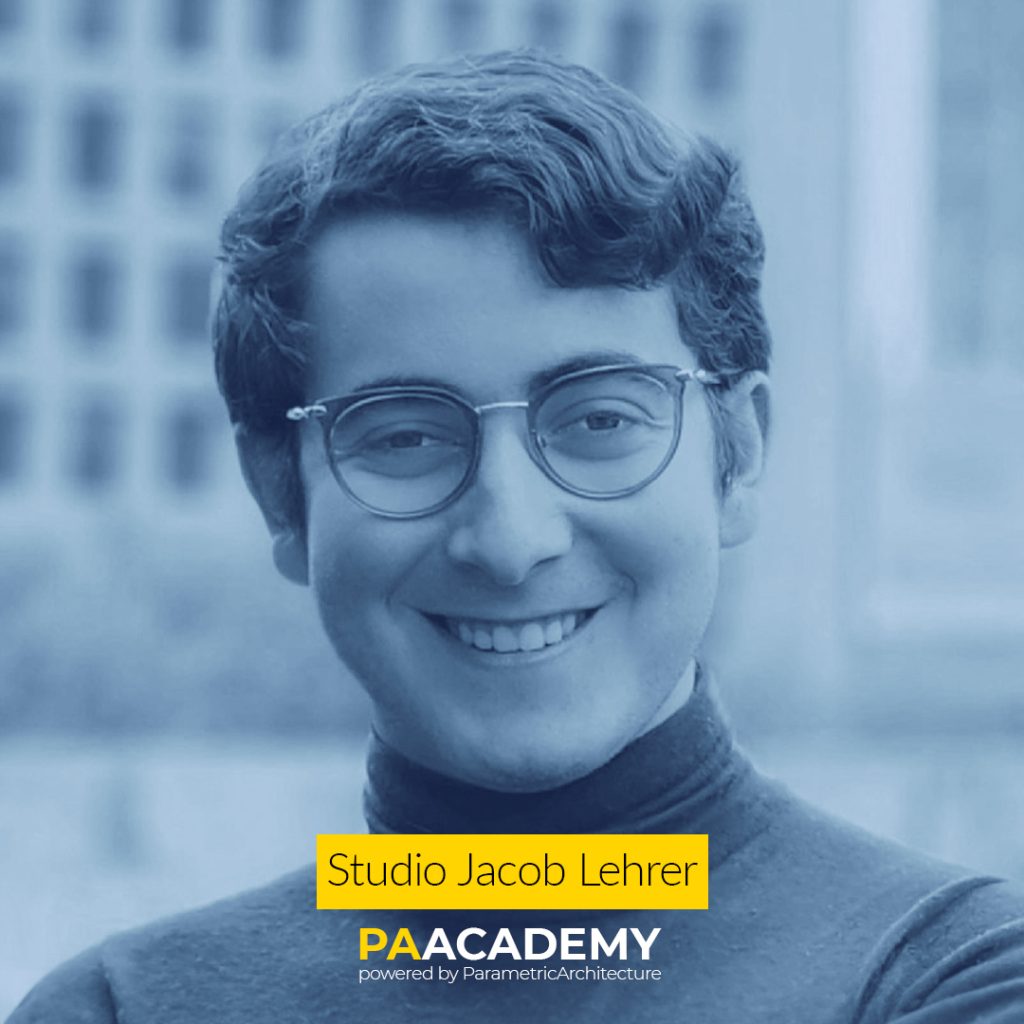
Jacob Lehrer is working on the academic side of sustainable architecture and is trying to learn about the future of our built environment. He started his academic career at Wentworth Institute of Technology in Boston with a Bachelor of Science in Architecture with a concentration in Emerging Technologies. Learning Rhino and Grasshopper, he developed systems to create facades, pavilions, and sculptures using Kuka Robotics systems and Wasp clay 6-axis printing. With a focus on cutting-edge computational technologies and a commitment to sustainable design, Lehrer currently contributes his expertise to the MIT Mathematics Department.
Holding three LEED AP accreditations in Building Design and Construction (BD+C), Operations and Maintenance (O+M), and Neighborhood Development (ND), Lehrer’s projects blend aesthetics and sustainable computation with a core focus on the environment. The bridge between academia and practice has never been closer, and he hopes by developing workshops and talks, he can help more people develop their skills in computational sustainability to elevate the built environment with unlimited specificity like never before. For Jacob, working at the nexus of technology, design, and environmental consciousness is the most exciting and rapidly evolving area of architectural practice.
Environment-Reactive Computation (with Ladybug) – Studio Jacob Lehrer

Topic: Environment-Reactive Computation (with Ladybug) – Studio Jacob Lehrer
Date: March 2 & 3, 2024
Time: 16:00 – 20:00 GMT
Format: Online on Zoom
Duration: 2 Sessions (9 Hours)
Course Fee: Free for Digital Members
Difficulty: Beginner – Intermediate
Language: English
Certificate: Yes
Organized By: PAACADEMY’s Original Content
Tutor: Jacob Lehrer
Videos: Recordings will be available for all members afterward.



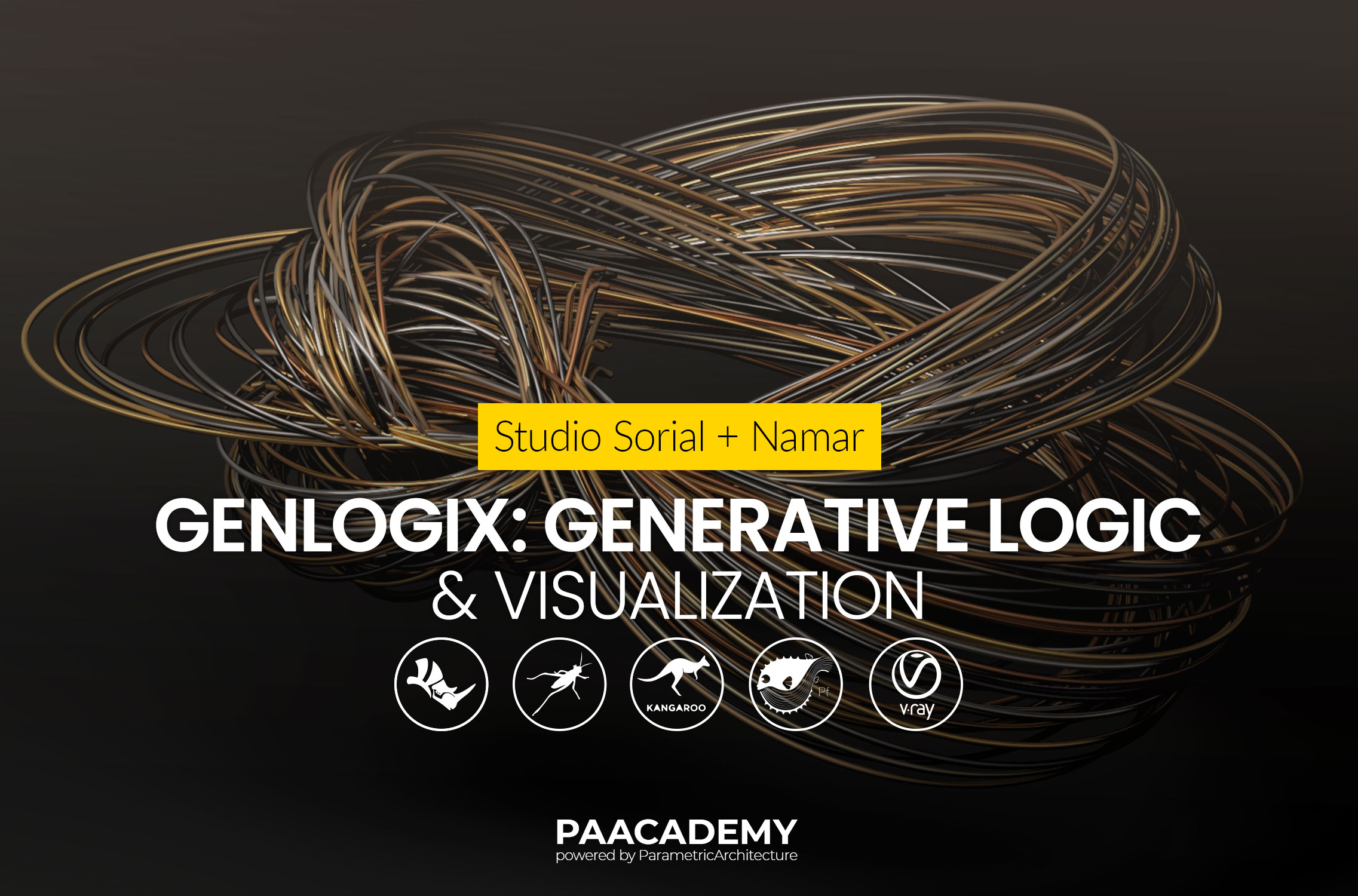












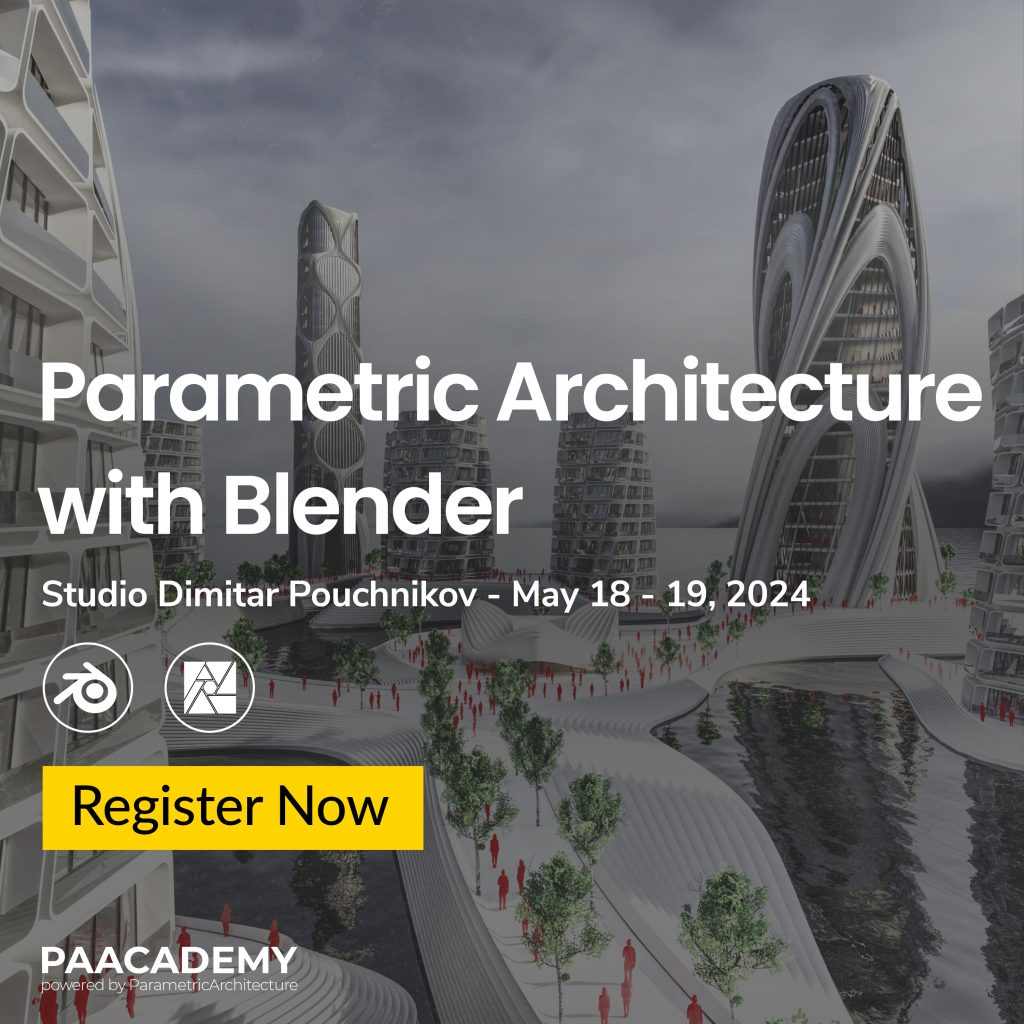

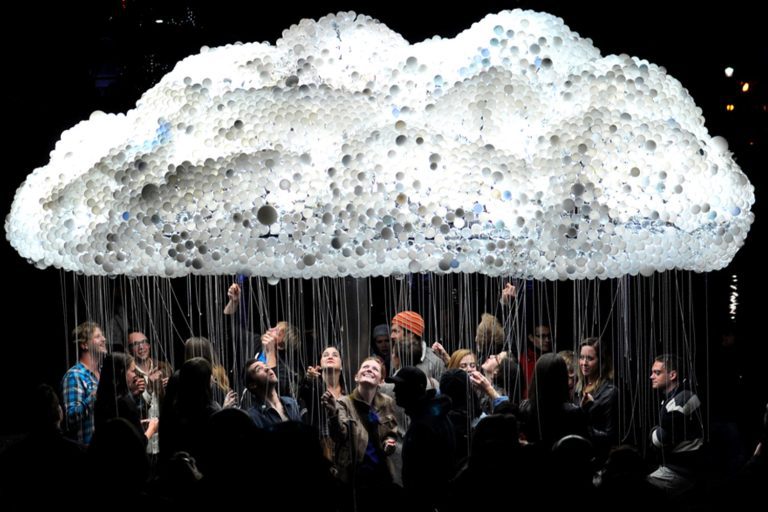

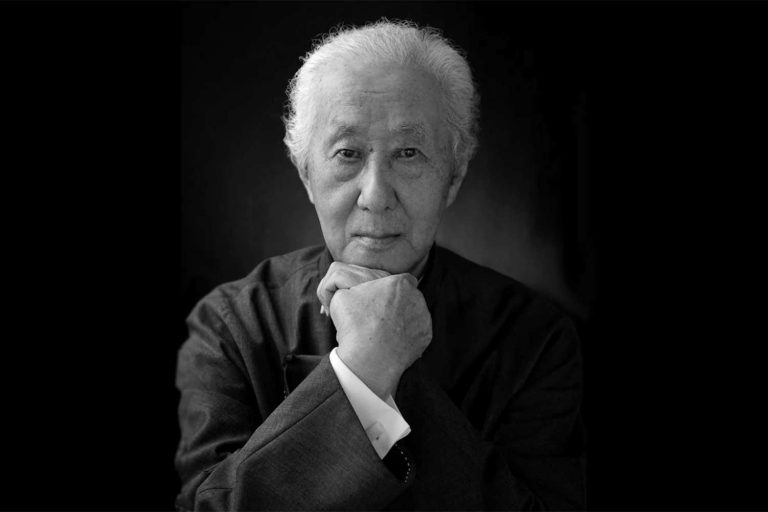


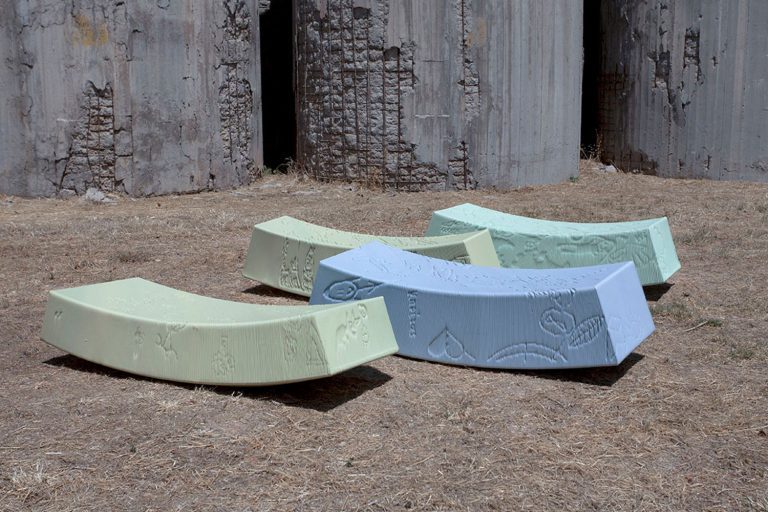

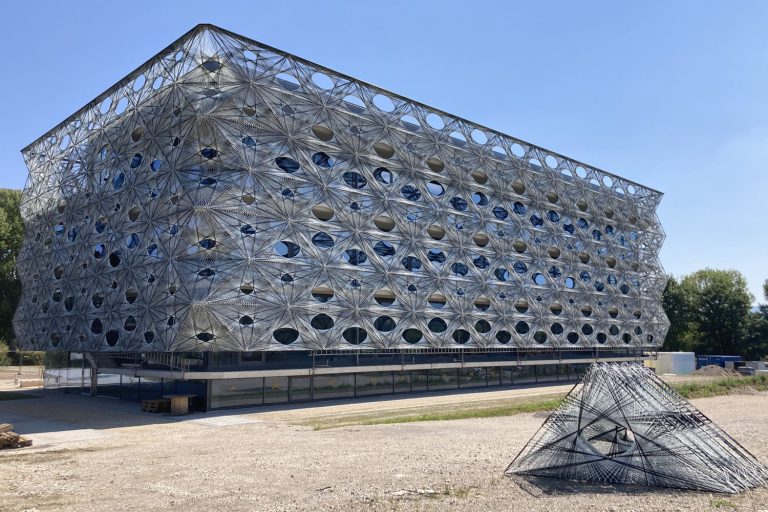



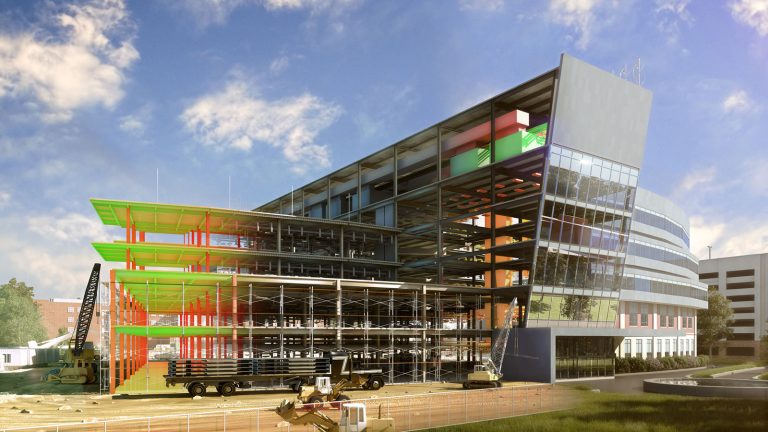
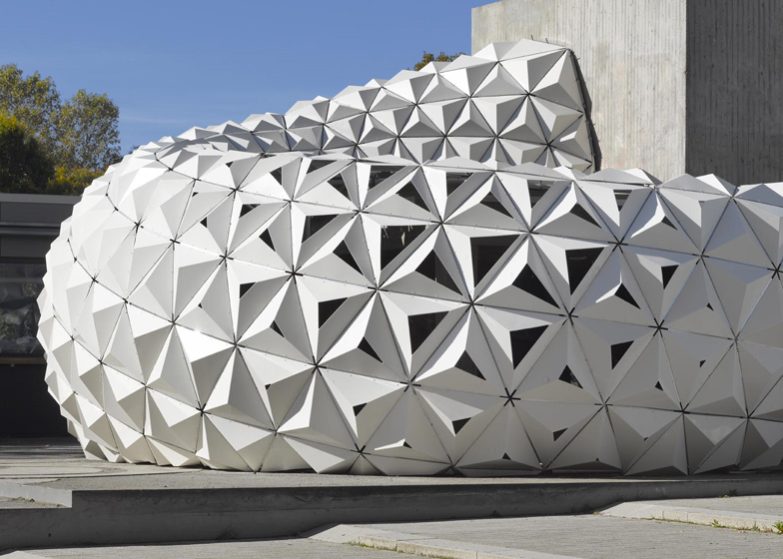









2 thoughts on “ Environment-Reactive Computation (with Ladybug) – Studio Jacob Lehrer”
Hi I am a member here, How can I watch the video?
Hey Day 1 & 2 Recordings are available on the course page in your PA account.
🔗 You can also find it through this link: https://parametric-architecture.com/environment-reactive-computation-with-ladybug/
Make sure your membership is active as this is a members only workshop.